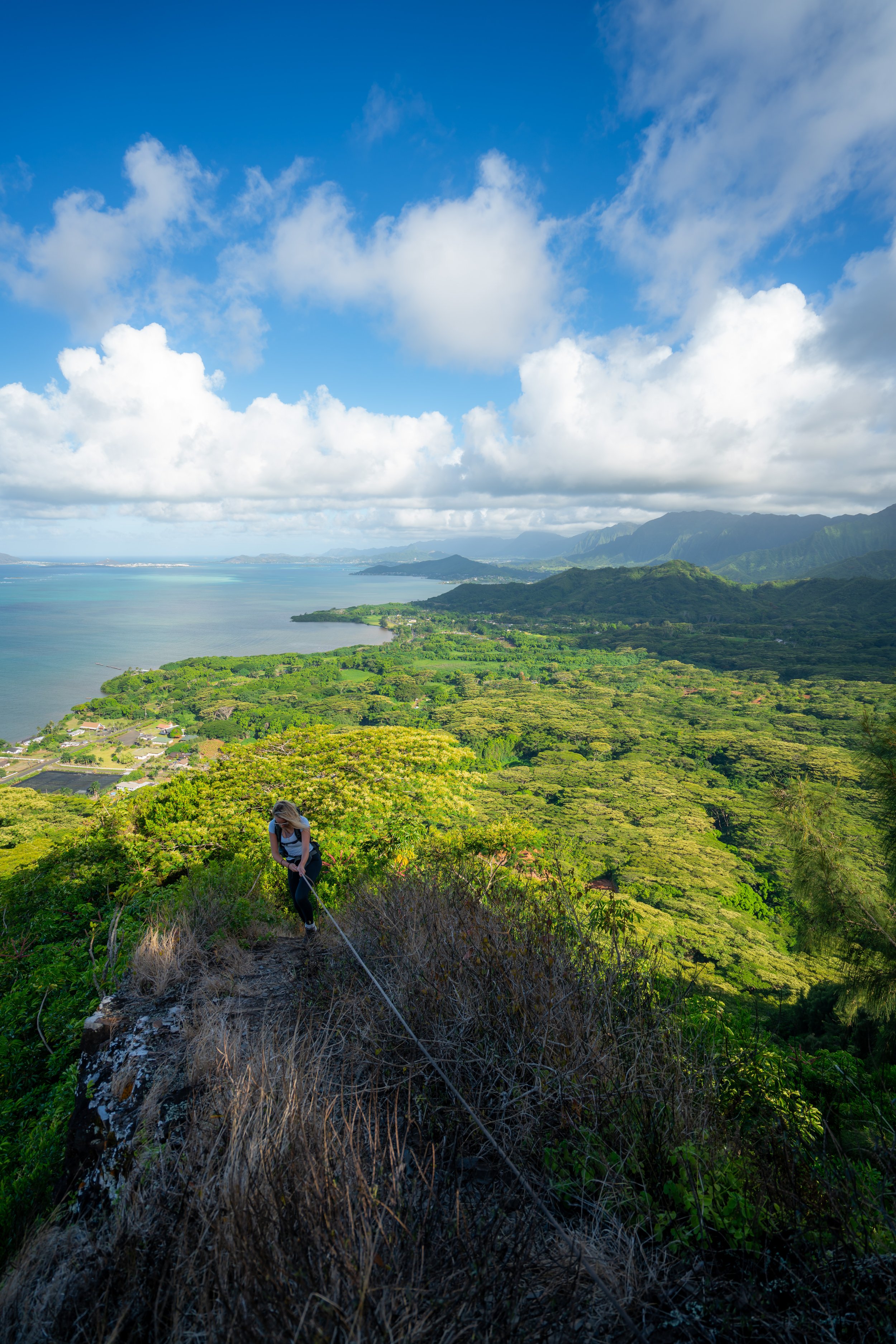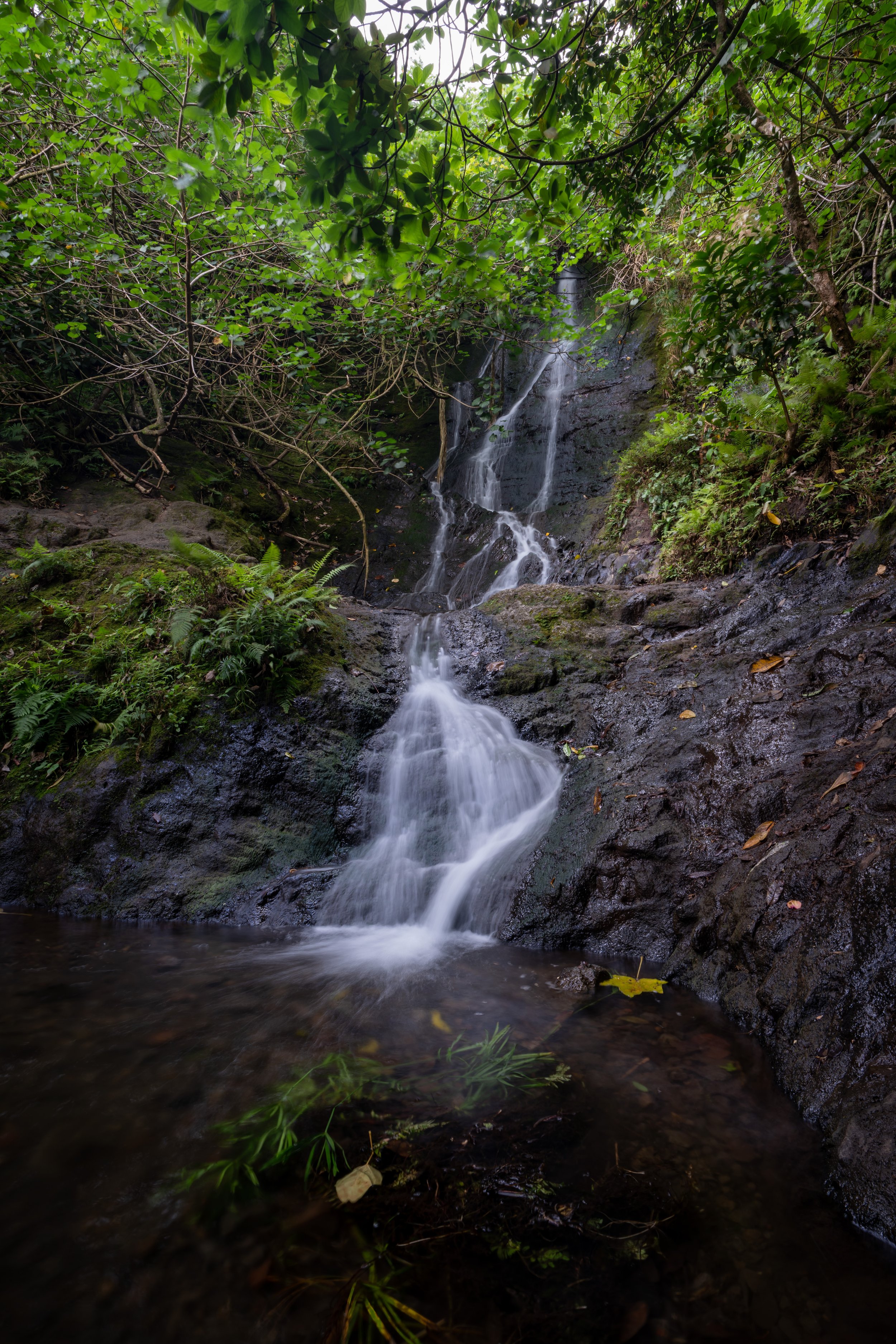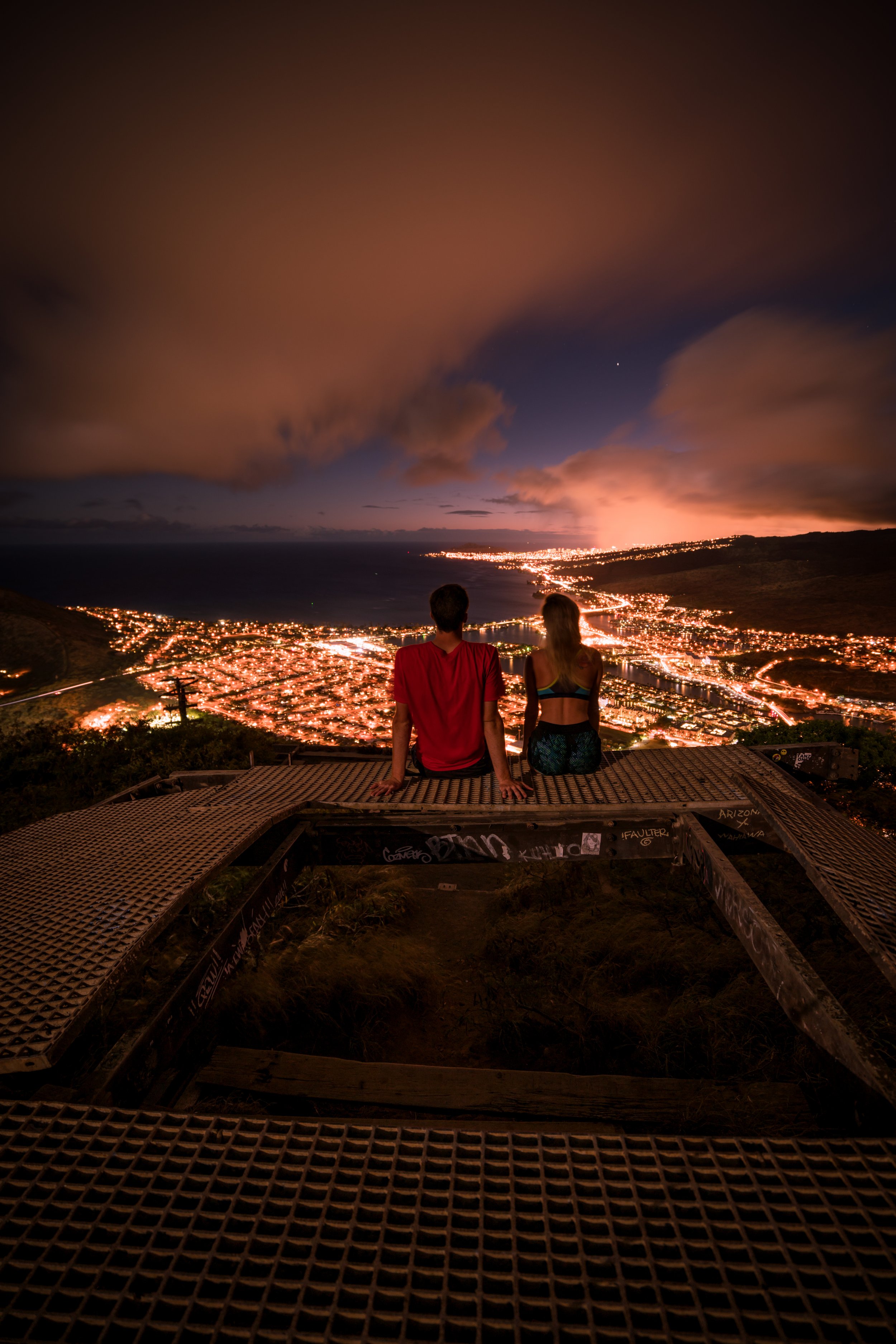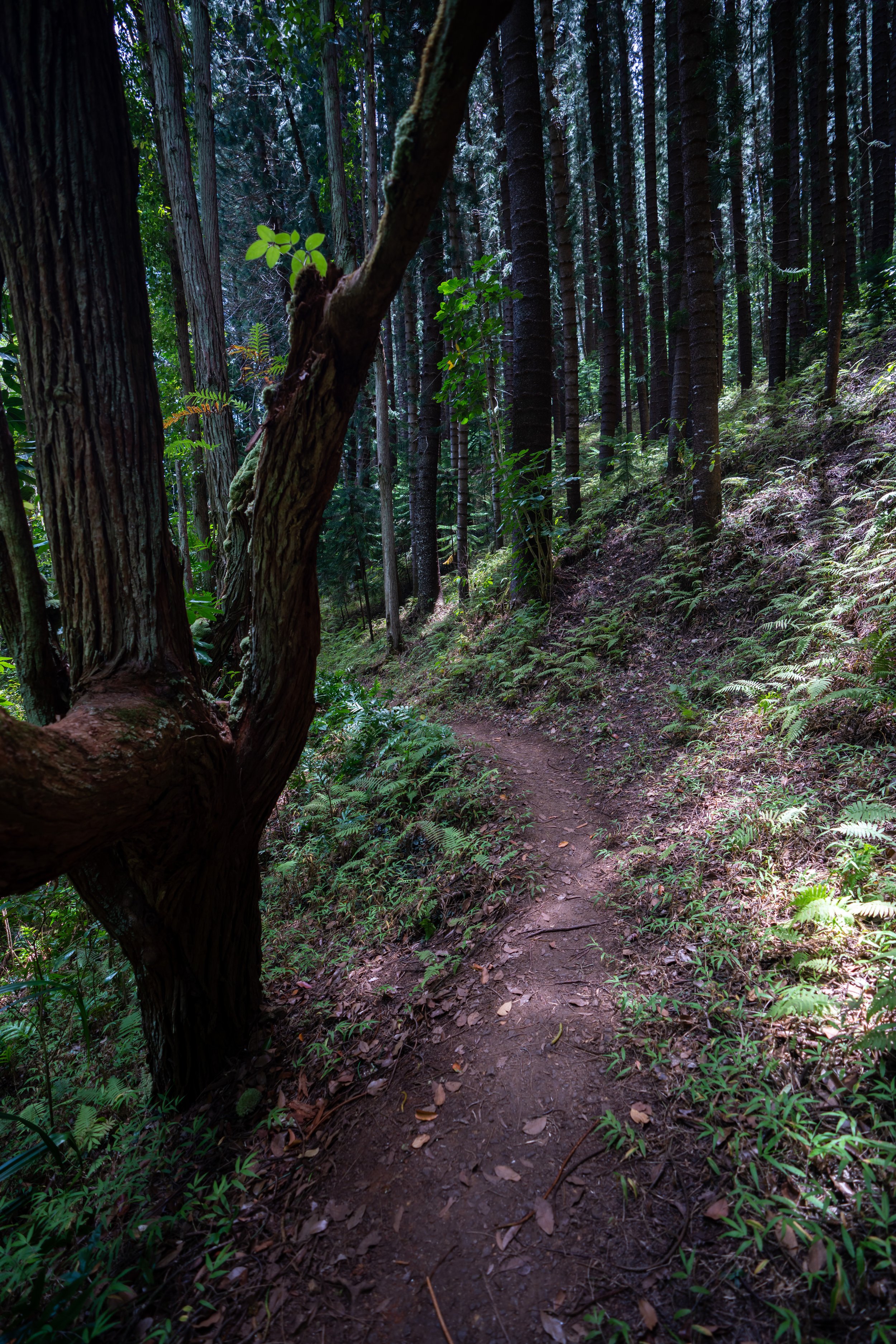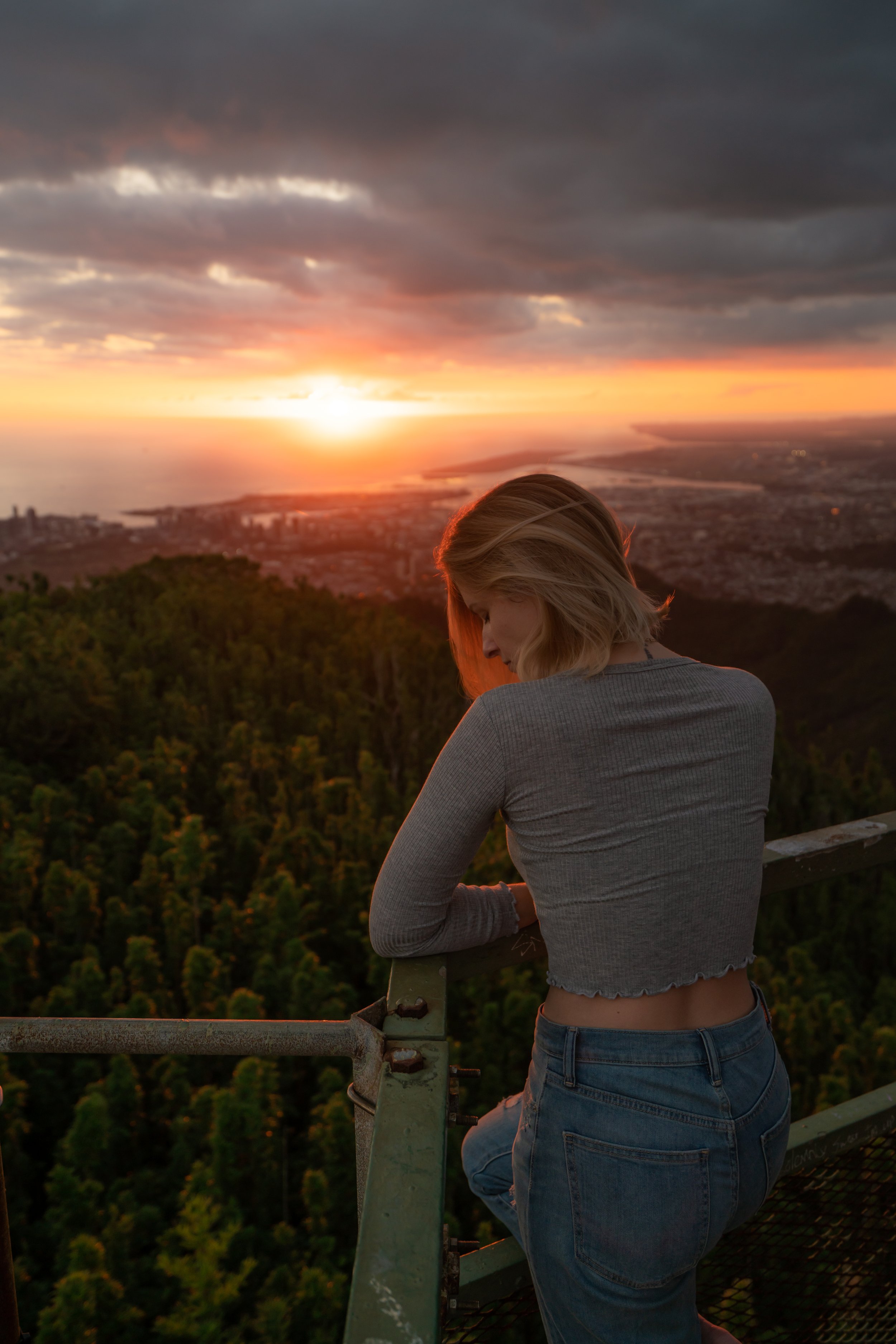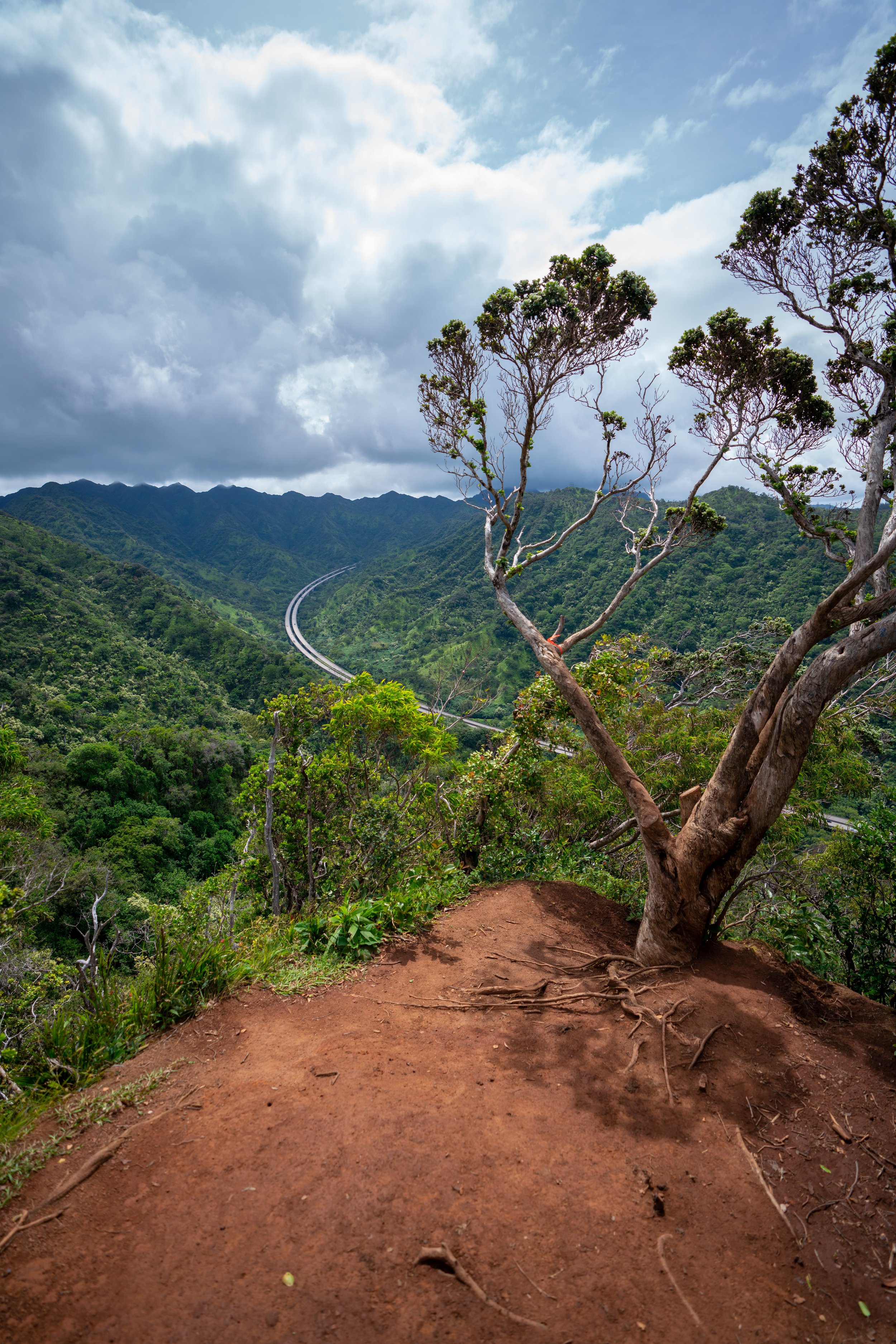10 Best Ridge Hikes on Oʻahu, Hawaiʻi
Beyond just a few standout ridges on both Maui and Kauaʻi, Oʻahu is the best island when it comes to ridge hiking in Hawaiʻi!
I say this because the number of options and the diversity across both the Koʻolau and Waiʻanae Mountain Ranges on Oʻahu are far greater than on any other island.
Take it from me—someone who has hiked almost everything the island has to offer—what you see on social media or other websites is not necessarily representative of the best ridge hikes on Oʻahu.
However, the list below is truly the best of the best—without regard to difficulty, distance, elevation gain, permits, accessibility, etc. This list is simply the best of the best in terms of beauty, effort-to-reward ratio, and how busy or trafficked each trail is.
10 Best Ridge Hikes on Oʻahu
With the exception of the first two, the following list is written in no particular order of best or worst, as it’s truly too difficult to rank all of Oʻahu’s stunning ridge hikes!
1. Poamoho Trail [4x4 Access Only]
Distance: 7.0 miles / 11.3 km
Without a doubt, the Poamoho Trail is the best ridge hike on Oʻahu.
However, in order to hike Poamoho, know that the trail’s access requires some planning if you’re going to make it happen.
By this, I mean that Poamoho is accessible by 4WD and permit only. You can read all about the details in order to make this amazing hike possible in my separate post, but if you do all of the planning to make it happen, the summit views on a clear day will not disappoint!
Read My Separate Post: Poamoho Trail
2. Kuliʻouʻou Ridge Trail
Distance: 4.2 miles / 6.8 km
Elevation Gain: ~1,650 ft. / 503 m
On a clear morning, the effort-to-reward ratio on Kuliʻouʻou Ridge makes for one of the best sunrise hikes on the island.
This is because Kuliʻouʻou is roughly 2.4 miles (3.9 km) each way, which is a considerably short distance to reach the Koʻolau Summit, as other trails on this list require much more effort to reach the same or similar reward.
Personally, I prefer to hike Kuliʻouʻou for sunrise, but if you’re going to go for sunrise, start early! 1,650 ft. (503 m) of elevation gain reads much easier here than it is when you’re climbing up in the dark.
Read My Separate Post: Kuliʻouʻou Ridge Trail
3. Puʻu Kōnāhuanui Ridge Trail (K1)
Distance: 8.1 miles / 13.0 km
Kōnāhuanui is the tallest peak in the Koʻolau Mountain Range, but even though it’s the highest, it is nowhere near the hardest hike on this list.
That’s because the trailhead itself starts high on a ridge cutting out about half of the total elevation gain in order to reach the 3,150 ft. (960 m) summit.
All said, Kōnāhuanui is one of my personal favorites because of how beautiful the summit area is between K2 and K1 on a clear day. However, know that getting a clear day on the summit is not an easy thing to achieve, but to have the best luck, hike early and only if the weather looks good. The later in the day that you begin hiking, the higher the chances are that the clouds will move in.
Read My Separate Post: Puʻu Kōnāhuanui Trail (K1)
4. Mt. Kaʻala Trail (Tallest Peak on Oʻahu)
Distance: 7.1 miles / 11.4 km
Mt. Kaʻala is the tallest peak on Oʻahu at 4,025 ft. (1,227 m), but even though it’s the highest, it’s not even close to the hardest, as Mt. Kaʻala is more of a gentle giant than an overly strenuous trail.
Regardless, just like Kōnāhuanui mentioned above, my overall recommendation is to hike Mt. Kaʻala on a clear day because if so, you will get to see expansive views of Waiʻanae and Mākaha to the west, and the entire North Shore from the summit!
Read My Separate Post: Mt. Kaʻala Trail
5. Waʻahila Ridge Trail (Mt. Olympus)
Distance: 5.6 miles / 9.0 km
Personally, I think that the Waʻahila Ridge Trail to Mt. Olympus is one of the best ridge hikes on Oʻahu because of how conveniently located it is to Honolulu (Waikīkī) and because of how “relatively easy” it is to reach the Koʻolau Summit compared to other nearby trails, like Kaʻau Crater.
The reason why I mentioned Kaʻau Crater is because Mt. Olympus is also my preferred trail in order to see the crater being that it’s far easier than the traditional Kaʻau Crater hike through Pālolo Valley.
Furthermore, if you want to start at Waʻahila and end at Kaʻau Crater, it is also possible to loop back to the Waʻahila Trailhead via the bus system. However, the bus up to the Waʻahila Trailhead doesn’t run as often as other routes, so be prepared to be patient if this is an adventure that you’re considering.
All said, this challenging loop is definitely not for all hikers, especially the Koʻolau Summit portion, but if you’re going to hike the Waʻahila to Kaʻau Crater loop, never park inside of the Waʻahila gate, so that you don’t get your car locked in.
Read My Separate Post: Waʻahila Ridge Trail (Mt. Olympus)
6. Puʻu Manamana Loop Trail
Distance (Full Loop): 5.3 miles / 8.5 km
The Puʻu Manamana Loop is one of my favorites because of how much you get to see on this one relatively short hike.
Puʻu Manamana starts out on the popular Crouching Lion Trail, which I like do for sunrise, followed by a beautiful ridge hike above Kahana Bay. Then, the trail descends into a place called Hidden Valley, where you get to stand on top of the tallest waterfall on the island before finishing on another panoramic ridge as you come down on the other side (Kahekili Ridge).
All said, the Puʻu Manamana Trail is absolutely not for beginners or anyone afraid of heights. However, if you think that you’re up for the challenge, I personally think that Puʻu Manamana is one of the best east Oʻahu adventures!
Read My Separate Post: Puʻu Manamana Loop Trail
7. Pali Notches Trail
Distance: 0.8 miles / 1.3 km
The effort-to-reward ratio on the Pali Notches cannot be beat!
However, the reason why I think trails like Poamoho are better is because the Pali Notches Trail is short, which can make it very popular, especially around sunset and sunrise.
In any case, don’t use the short distance to judge difficulty. The Pali Notches Trail has many high-exposure sections, as you will literally have to scramble up a cliff side to make it all of the locations that you see in beautiful photos.
To this point, it’s important to be aware that the Pali Notches hike is NOT an established or maintained trail, and you accept all potential consequences should you choose to hike a closed trail.
Read My Separate Post: Pali Notches Trail
8. Kaʻena Point Pillbox Trail
Distance (West Side): 2.1 miles / 3.4 km
Distance (North Shore): 2.4 miles / 3.9 km
Of all the trails on this list, Kaʻena Point is definitely the odd one out because the vast majority of the hike is not on a ridge until the very end.
However, Kaʻena Point is on this list because of the option to extend the coastal trail from either direction by hiking up the ridge at the end on Kaʻena Point Pillbox Trail to the WWII-era bunker above Kaʻena Point, which makes for one of the best year-round sunset hikes on Oʻahu!
That said, both the North and West Kaʻena Point Trails are very similar coastal trails, but in many ways, they could not be more different from one another. Therefore, I highly recommend reading my side-by-side comparison at the beginning of either article linked below to learn more about which route sounds most interesting to you.
Read My Separate Posts: Kaʻena Point (North Shore) / Kaʻena Point (West Side)
9. Mānana Ridge Trail
Distance: 10.4 miles / 16.7 km
Mānana Ridge is the longest and hardest hike on this list, which is only somewhat related to the long distance.
I say that Mānana is the hardest because of all of the constant elevation gains and losses over the course of the trail.
That aside, the views from the upper elevations on the ridge and summit itself are spectacular, and since it’s such a long trail, the ridge is not a busy hike by any means compared to others on this list, such as Kuliʻouʻou and Wiliwilinui.
Read My Separate Post: Mānana Ridge Trail
10. Wiliwilinui Ridge Trail
Distance: 4.7 miles / 7.6 km
Wiliwilinui Ridge made my top 10 list because it’s one of the 'easier' ridge hikes on the island to reach the Koʻolau Summit, similar to Kuliʻouʻou Ridge listed above.
Also, like Kōnāhuanui, the trailhead starts high on the ridge, making the total elevation gain significantly easier compared to a hike that starts from a valley floor.
Overall, Wiliwilinui Ridge is conveniently located close to Waikīkī, but the one good, as well as bad thing about the hike, is that parking is limited at the trailhead.
Since Wiliwilinui begins in a private residential neighborhood, the security has the ability to enforce the amount of cars allowed up at one time based on passes that they hand out. This obviously makes the hike less crowded, but it’s best to start early in the day, as well as avoid weekends and holidays, so that you aren’t turned away.
Read My Separate Post: Wiliwilinui Ridge Trail
Bonus Hike
It’s hard to keep this list to just 10, so here’s my number 11.
11. Mauʻumae Ridge Trail (Puʻu Lanipō)
Distance to Puʻu Kainawaʻanui (Roundtrip): 6.6 miles / 10.6 km
Distance to Puʻu Lanipō (Roundtrip): 7.1 miles / 11.4 km
The Mauʻumae Ridge Trail to Puʻu Lanipō is one of my southern Koʻolau favorites because of how fast the panoramic views start within five minutes of leaving the trailhead!
This means that the ridge can make for a short sunset hike out to the initial viewpoint or a longer day hike up the ridge to the Koʻolau Summit.
The one thing that sets Mauʻumae Ridge back in my mind is the large elevation loss/ gain after the initial viewpoint. It’s something that’s annoying both ways if you choose to hike the entire ridge, but the views from the top easily make up for this annoying inconvenience.
All said, the same as I mentioned about Waʻahila Ridge, goes for Mauʻumae. The Puʻu Lanipō hike is the other neighboring trail alongside Kaʻau Crater, and it’s also a much easier way to see the crater than the popular route through Pālolo Valley.
Although my preferred route to get to Kaʻau is still Waʻahila, I thought it was something worth mentioning here as well.
Read My Separate Post: Mauʻumae Ridge Trail (Puʻu Lanipō)
Additional Hawaiʻi Gear
In addition to the hiking checklist that I have above, some ridge hikes on this list can be much more comfortably hiked with pants because of all the overgrowth. Hikes that I would absolutely wear pants on are Puʻu Kōnāhuanui, Puʻu Manamana, Mānana, and Mauʻumae Ridge, as all four of these trails have sections where the Uluhe ferns will cut into your legs making the hike much less enjoyable.
The pants below are my recommendations that hold up the best with the overgrowth here in Hawaiʻi, but with any hiking pants that need to be durable, make sure that they are at or near 100% nylon. This is really the most important factor!
Native Hawaiian Plants on Oʻahu Trails
On most of my Hawaiʻi posts I talk about what native Hawaiian plants you can expect to see on various trails, but here, the one thing that I want to encourage on this post is responsibility, as many of our native Hawaiian plants are declining or are already federally listed under the endangered species act.
Please do your part when hiking any one of these trails to minimize your impact. Thank you!
Read My Separate Post: Native Hawaiian Plant Guide




